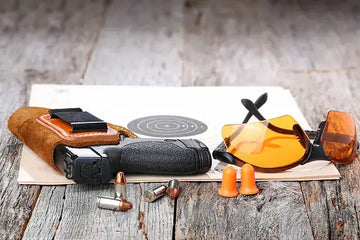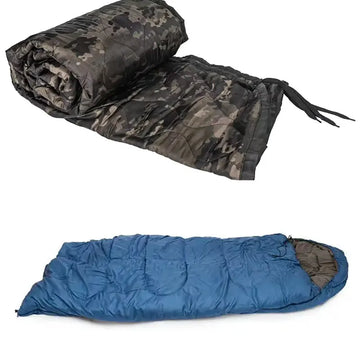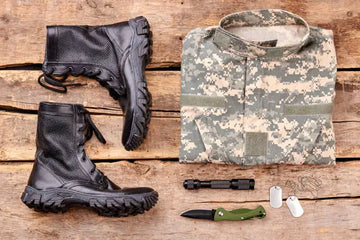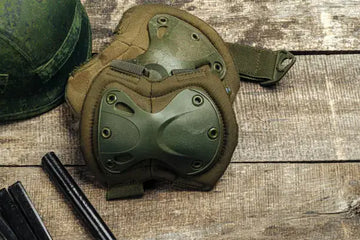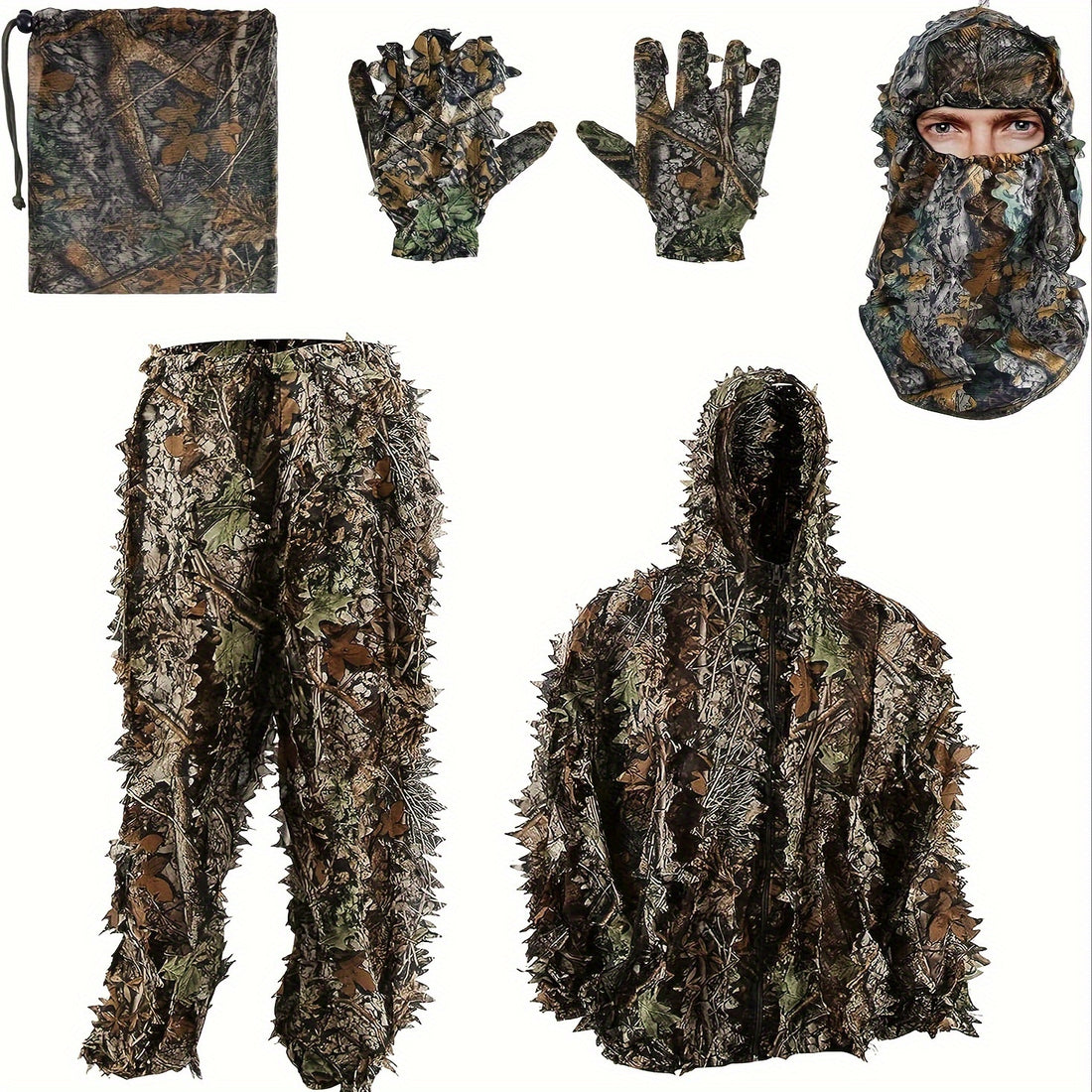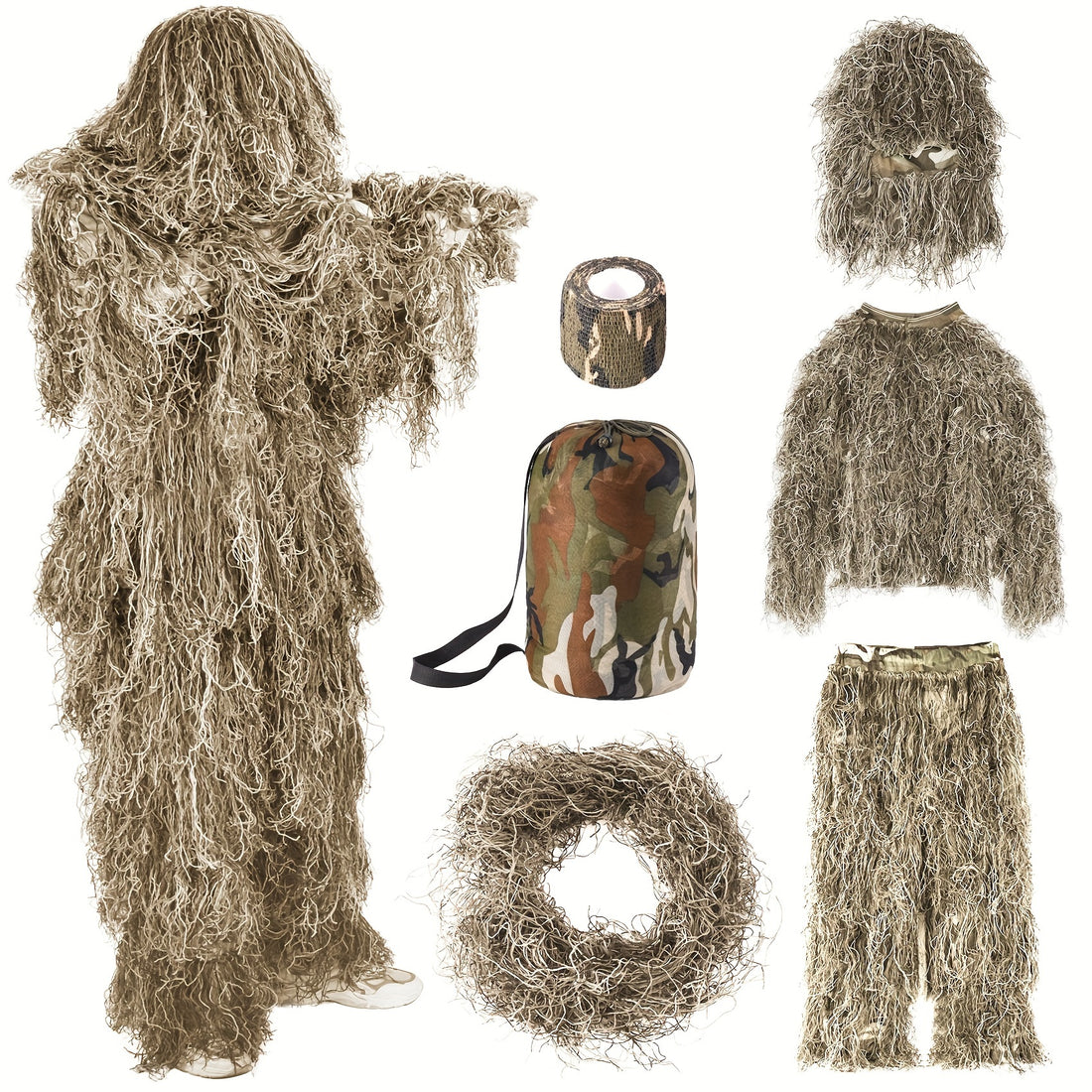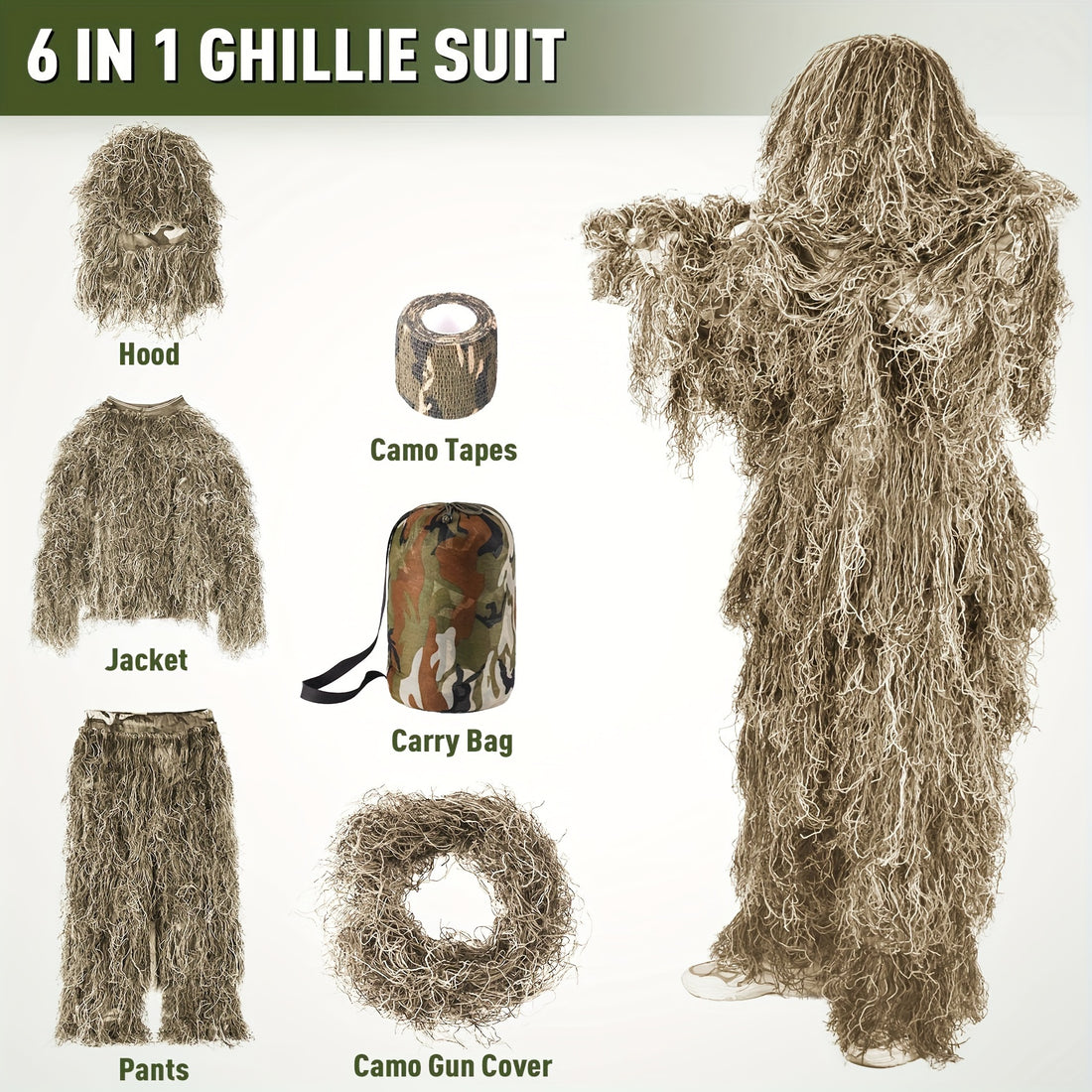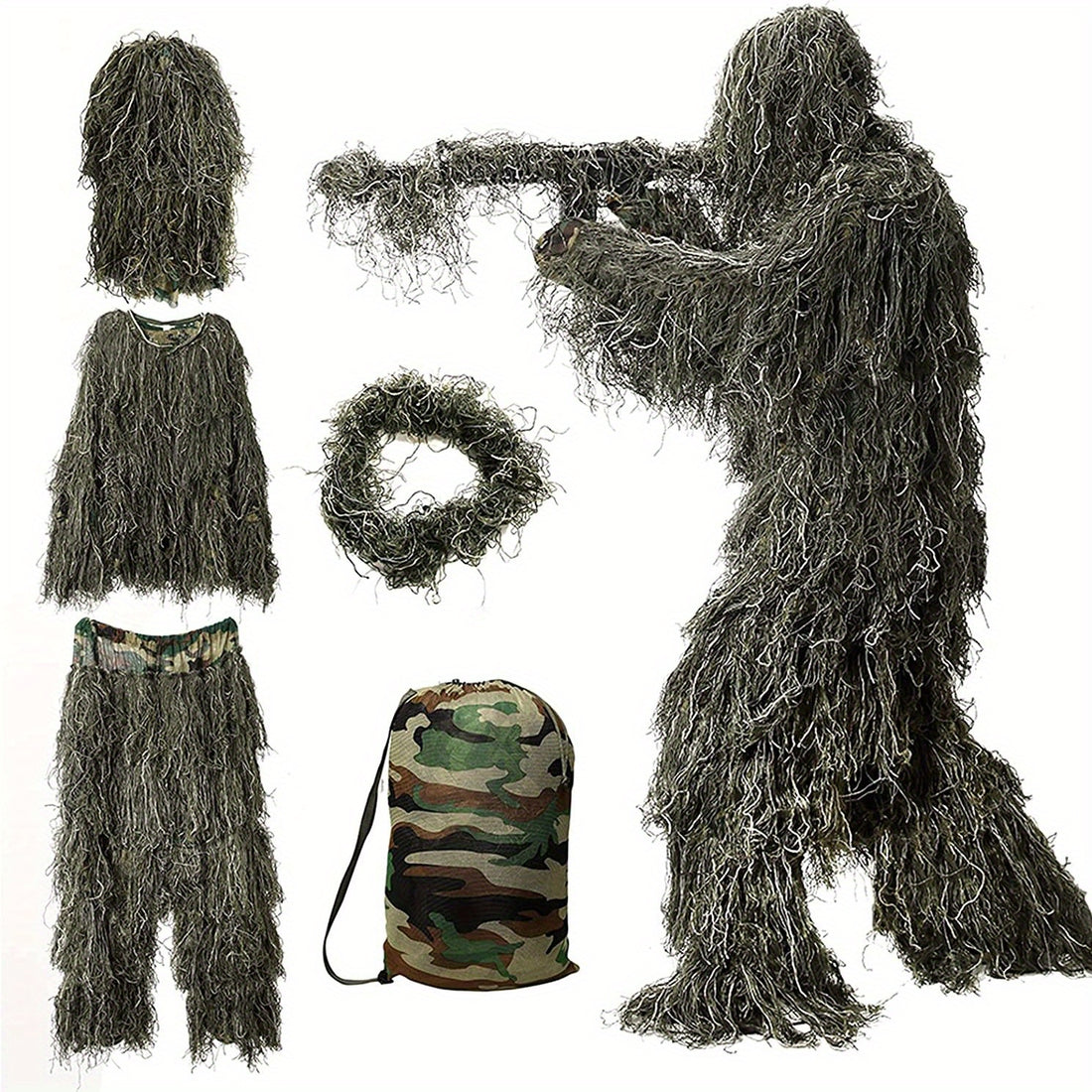Leather holsters can be stiff and tight when new. Like breaking in tactical boots, breaking in a leather holster is also necessary.
Both processes involve softening the material to make it more comfortable, ensure a proper fit, and improve performance.
Just as well-fitted boots prevent blisters and provide better support, a broken-in holster offers a snug fit, smooth draw, and secure firearm retention, ensuring optimal performance and comfort.
Hence, with a few steps, you can soften them and achieve the perfect fit.
Here’s a detailed guide on how to break in your new leather holster.
Step 1: Safety First
Before you start, make sure your firearm is unloaded. Double-check the chamber and remove any ammunition. Safety is always the top priority. Handling an unloaded firearm eliminates the risk of accidental discharge during the break-in process.
Step 2: Insert and Remove Your Firearm
Begin by inserting your firearm into the holster. The fit might be tight initially, but that’s normal. Push the gun in firmly, then remove it. Repeat this process several times. This helps the leather start to mold to the shape of your firearm.
Tip: If the holster is too tight, don’t force the gun in. This can damage the leather. Instead, try the next step.
Step 3: Use Wax Paper or Plastic Wrap
For a quicker break-in, wrap your firearm in wax paper or plastic wrap. The extra thickness helps stretch the leather slightly. Insert the wrapped gun into the holster and leave it for a few hours, or overnight if possible. This will gently stretch the leather without causing damage.
Tip: Make sure the waxy side of the paper faces the leather to prevent sticking. Plastic wrap can also work well because it adds a minimal amount of bulk, just enough to stretch the leather gently.
Step 4: Apply Leather Conditioner
Leather conditioners help soften the material, making it more pliable. Apply a small amount of leather conditioner to the holster, focusing on areas where the fit is tight. Use a soft cloth to rub it in gently. Let the conditioner absorb into the leather for a few hours.
Tip: Avoid using too much conditioner, as it can make the leather overly soft and reduce retention. A small amount goes a long way. Natural oils like mink oil or neatsfoot oil are also good alternatives.

Step 5: Hand Molding
After conditioning, you can use your hands to mold the holster. Place the unloaded firearm into the holster and use your fingers to press around the gun, shaping the leather. Focus on the trigger guard, barrel, and any other areas that need a snug fit. Hand molding helps create a custom fit.
Tip: Wear gloves if you prefer not to get oils from your hands on the leather, as it can affect the leather over time.
Step 6: Practice Drawing and Holstering
Once the holster feels more flexible, practice drawing and holstering your firearm. Do this repeatedly to further mold the leather to the gun’s shape. This step is crucial for ensuring a smooth draw and secure fit.
Tip: Start slowly to avoid putting too much strain on the leather. Gradually increase speed as the holster breaks in. This practice also helps you become more familiar with the holster’s feel and retention.
Step 7: Wear It Around
Wear the holster around your home to get used to its feel. Move around, sit, and stand to see how it conforms to your body and clothing. This real-life practice helps the leather adapt to your body’s movements and adds to the break-in process.
Tip: Wear the holster with the same clothing you plan to wear daily. This ensures it fits well with your wardrobe and provides an accurate break-in experience.
Step 8: Take Care of Your Holster
Even after breaking in, regular maintenance keeps your holster in top condition. Clean it periodically with a damp cloth and reapply leather conditioner as needed. Proper care extends the life of your holster and maintains its fit and appearance.
Tip: Avoid soaking the leather or exposing it to extreme temperatures. Both can damage the leather and affect its shape and durability.
Extra Tips for a Perfect Fit
1. Holster Inserts: Some people use plastic bag inserts to stretch specific tight areas. Cut a plastic bag into strips, place them where the holster is tight, and insert the firearm. This targeted approach can help loosen stubborn spots.
2. Heat and Wear: Gently heating the holster with a hairdryer before wearing it can help the leather mold to your firearm and body shape more quickly. Be careful not to overheat and damage the leather.
3. Patience is Key: Breaking in a leather holster takes time. Wear it regularly to allow natural body heat and movement to aid the process. The more you use it, the better it will fit.
Final Thoughts
Breaking in a new leather holster requires patience and care. By following these steps, you can ensure your holster fits perfectly and provides comfort and security. Remember, a well-fitted holster enhances your carrying experience and keeps your firearm secure. Take your time, be thorough, and enjoy the process. Happy carrying!


